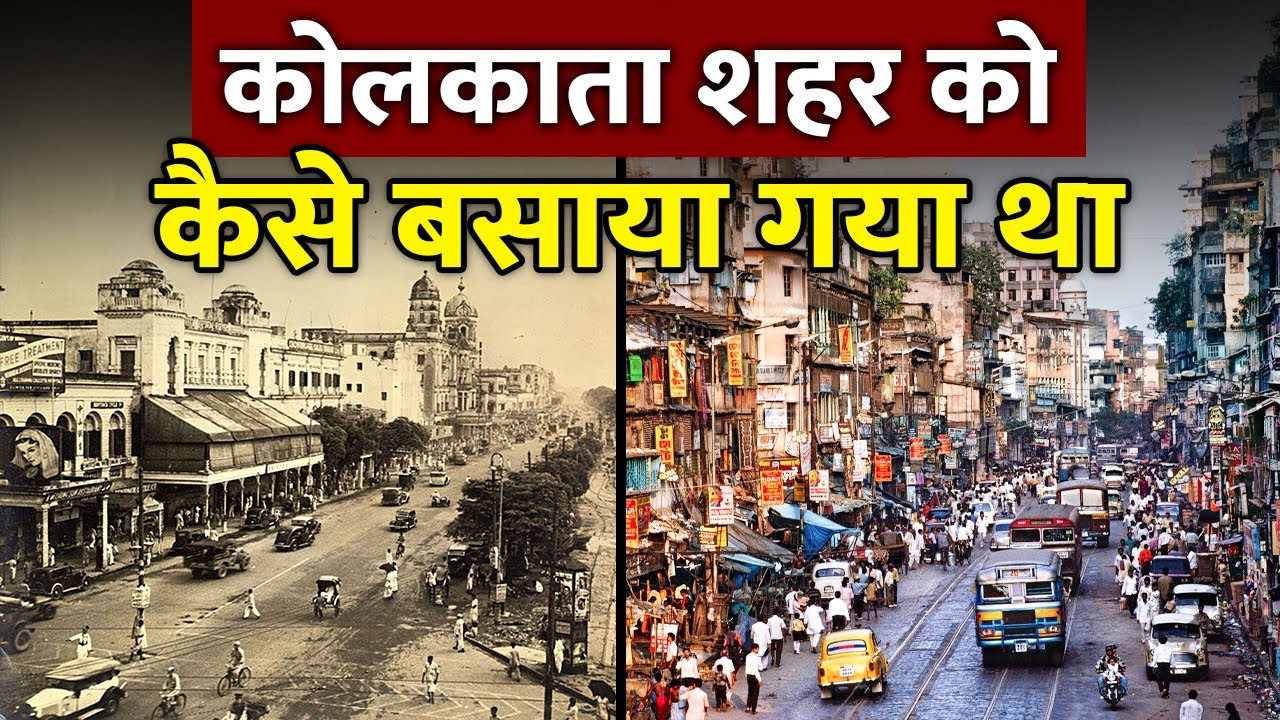Lesson2 Part2 Boston
Summary
TLDRThis script explores the urban development of Boston from its colonial origins to a modern metropolis. It highlights the city's growth from a small trading center to a major economic and cultural hub, influenced by factors like trade, industry, and technological advancements. Key historical landmarks, architectural transitions, and urban planning initiatives are discussed, showcasing Boston's evolution through centuries of change.
Takeaways
- 🏙️ Boston was the third largest city during the colonial period and played a significant role in economic, technological, social, and political history.
- 🏡 In the 1630s, Boston was a small community with only a few thousand people, and it remained a small village until the 18th century.
- 🛣️ The city's early growth was as a trading center on the eastern seaboard, with most of its land being countryside and farmland.
- 🏰 Architectural landmarks from the 17th and 18th centuries, such as Paul Revere's house and Old North Church, still stand today.
- 🏛️ By the mid-18th century, Boston had structures like Faneuil Hall, indicating its emergence as a major trading center.
- 🚢 The city was a major shipping point for trade and ship repair and construction by the late 18th and early 19th centuries.
- 🏗️ The 1830s saw Boston expanding its land through projects like the reduction of Beacon Hill and the Back Bay filling project.
- 🚂 The 1840s marked the beginning of Boston's rail connections, which linked it to other cities and made it a larger commercial center.
- 🏙️ By the late 19th century, Boston had transformed into an industrial center with manufacturing facilities and a growing population.
- 🌉 The Big Dig project in the early 21st century connected the waterfront back to the downtown core, revitalizing the city's landscape.
Q & A
What was the population of Boston in the 1630s?
-In the 1630s, Boston was a very small community with just a few thousand people.
How did the architectural style of Boston change from the 17th to the 18th century?
-In the 17th century, buildings in Boston were mostly built out of wood, as evidenced by Paul Revere's house. By the 18th century, the dominant architectural style shifted to brick and masonry, with structures like Old North Church being built of brick and wood.
What was the significance of Fanueil Hall in the mid-18th century?
-Fanueil Hall, constructed in 1740, was a place for meetings and represented the growth of Boston's urban population, signifying its emergence as a major trading center.
How did the political climate in Boston during the 18th century affect its urban development?
-The political strife in the late 18th century, including events like the Boston Massacre, was indicative of the city's active role in American history and may have influenced its growth and development as a center for political activities.
What was the role of Beacon Hill in Boston's expansion during the 19th century?
-Beacon Hill was reduced in size during the 1830s to provide more land for development within Boston, reflecting the city's need for additional space to accommodate its growing population.
What was the purpose of the Back Bay filling project in the 1890s?
-The Back Bay filling project, which began in the 1890s, created over 570 acres of new land for Boston to expand into, allowing the city to grow and develop further as a major metropolitan center.
How did the Boston fire of 1872 impact the city's development?
-The fire of 1872 destroyed parts of Boston, but the new construction that followed was of a much higher density, contributing to the city's transformation into a major industrial center.
What was the role of the Boston Commons in the city's history?
-The Boston Commons, originally used for pasturing animals, evolved into a public park and became a focal point for entertainment, relaxation, and political demonstrations, playing a significant role in the city's social and political life.
How did the development of transportation networks influence Boston's growth in the late 19th and early 20th centuries?
-The development of streetcars, subways, and a road network facilitated Boston's expansion into suburbs and made commuting more convenient, contributing to the city's growth as a major commercial center.
What was the impact of the Big Dig project on Boston's waterfront and downtown core?
-The Big Dig project, completed in the early 21st century, removed the elevated highway that had divided the waterfront from the downtown core, reconnecting the areas and revitalizing the waterfront with parks and pedestrian pathways.
Outlines

This section is available to paid users only. Please upgrade to access this part.
Upgrade NowMindmap

This section is available to paid users only. Please upgrade to access this part.
Upgrade NowKeywords

This section is available to paid users only. Please upgrade to access this part.
Upgrade NowHighlights

This section is available to paid users only. Please upgrade to access this part.
Upgrade NowTranscripts

This section is available to paid users only. Please upgrade to access this part.
Upgrade NowBrowse More Related Video

Barcelona's map, EXPLAINED

Perkembangan Ilmu Geografi - Kurikulum Merdeka Klas X Fase E

ENTRE RIOS

3 गांवों को मिलाकर अंग्रेजों ने कैसे बसाया कोलकाता? | History Of Kolkata : Kolkata Ka Itihaas

Urbanization In Colonial Times: Art & Culture with Devdutt Pattanaik EP12 (Part 1) | UPSC Essentials

Mexico City Vacation Travel Video Guide
5.0 / 5 (0 votes)